Along with the good implementation of management, protection and promotion of relics in the area, Khanh Son district always pays attention and has more and more practical activities to preserve and promote cultural heritage in the community.
Happy lithophone "homecoming" day
Recently, Khanh Son District People's Committee coordinated with the Department of Culture and Sports to organize an exhibition of the Khanh Son lithophone - the original artifact discovered in Doc Gao village (To Hap town) more than 40 years ago. This event met the wishes of the people and local authorities when they saw with their own eyes the 4,000-year-old lithophone associated with the land and people of Khanh Son. The appearance of the lithophone on the occasion of the 63rd anniversary of the district's liberation (November 20, 1960 - November 20, 2023) and receiving the Second Class Labor Medal further increased the pride of the people here. Mr. Cao Minh Vy - Vice Chairman of Khanh Son District People's Committee said that for the Raglai people in Khanh Son, the lithophone has always been attached to and present in their daily life and labor production for generations. The Raglai people always consider the lithophone as a treasure of the mountains and forests, the echo of their ancestors for thousands of years. Therefore, bringing the ancient lithophone back for the people of Khanh Son to admire has great significance.
 |
| An art performance on the day of displaying the 4,000-year-old Khanh Son lithophone in Khanh Son district. |
Since ancient times, the sound of lithophones has been used to ward off wild animals to protect crops, and is also a form of entertainment for people after hours of hard work. The melodious sound of lithophones often resounds during festivals, cultural activities, and community performances of the Raglai people or after each bumper rice and corn harvest. That sound is like a bond connecting generations of Raglai people and between the Raglai people and other ethnic groups. Therefore, when the Khanh Son lithophone set was displayed locally, thousands of people came to see it. Artisan Tro Ngoc Minh (art team of Khanh Son District Culture, Information and Sports Center) shared: “I have heard a lot about the Khanh Son lithophone found in the district decades ago, so I also hope to see this ancient lithophone with my own eyes. Recently, communes and towns in the district have had many activities to teach and perform lithophone musical instruments. Therefore, the appearance of the Khanh Son lithophone has contributed to stimulating the passion for traditional musical instruments in the younger generation.”
Pay attention to preserving relics and scenic spots
Currently, in Khanh Son area, there are 2 relics that have been ranked as historical relics and provincial-level scenic spots by the Provincial People's Committee, including: To Hap revolutionary base historical relic (To Hap town); Ta Gu waterfall scenic spot (Son Hiep commune). In addition, there are 3 relics that have been inventoried, including: Doc Gao archaeological relic (To Hap town); Suoi Gia relic (Ba Cum Bac commune); Xom Co relic (Son Binh commune). In recent years, the district has always tried to do a good job of inspecting, managing, protecting and promoting relics in the area. Recently, the District Department of Culture and Information has coordinated with the Provincial Monument Conservation Center to conduct a survey of Doc Gao archaeological relic to deploy the work of preparing a scientific dossier to submit to the levels for relic ranking. Son Hiep Commune People's Committee also coordinated with the competent authorities to conduct a survey of the location of the stele of Ta Gu waterfall scenic relic.
According to Ms. Nguyen Thi Nguyet - Head of the Department of Culture and Information of Khanh Son district, on the basis of ensuring the harmonious connection between the tasks of economic development, tourism and cultural development, the locality has issued documents on propaganda, preservation and promotion of the value of historical and cultural relics in the area; guiding the People's Committees of communes and towns with relics to establish relic management boards. Through inspection and survey activities to strengthen the state management function in protecting and promoting the value of historical and cultural relics. In addition, the district also encourages socialization, mobilizing the strength of the whole society in investing in restoration, embellishment, management and promotion of the value of relics; improving coordination between agencies, departments, branches, unions, local authorities and relevant units in synchronously implementing solutions and tasks of preserving and embellishing relics.
FAMILY
Source


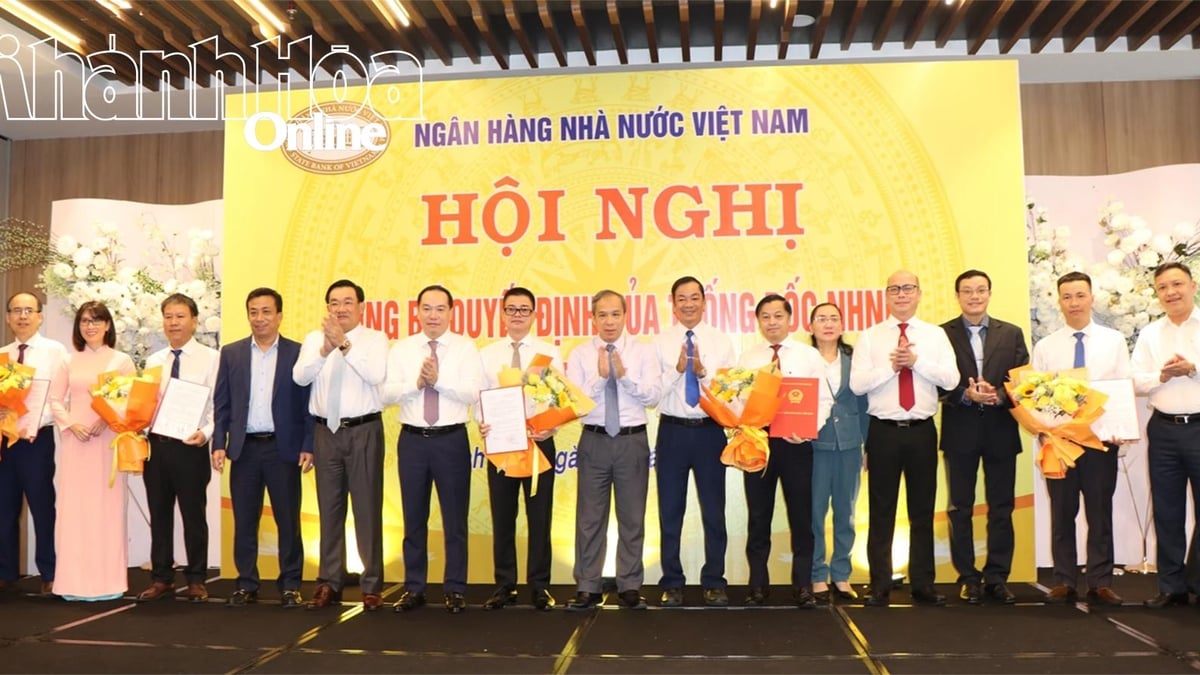
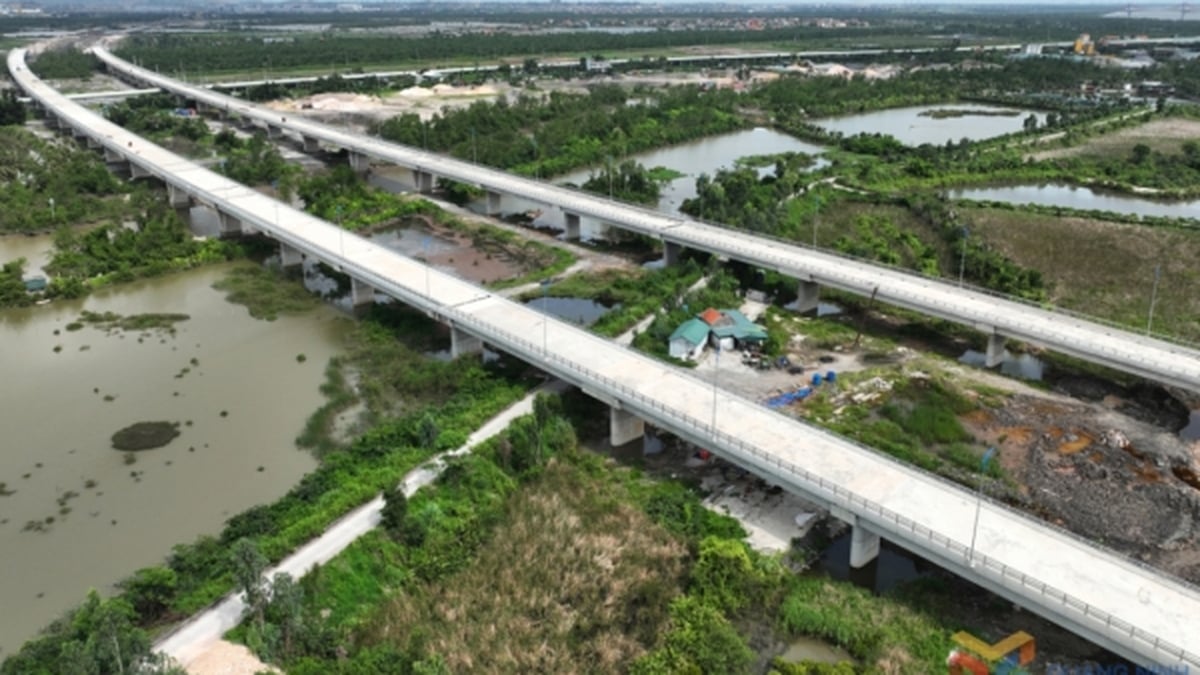

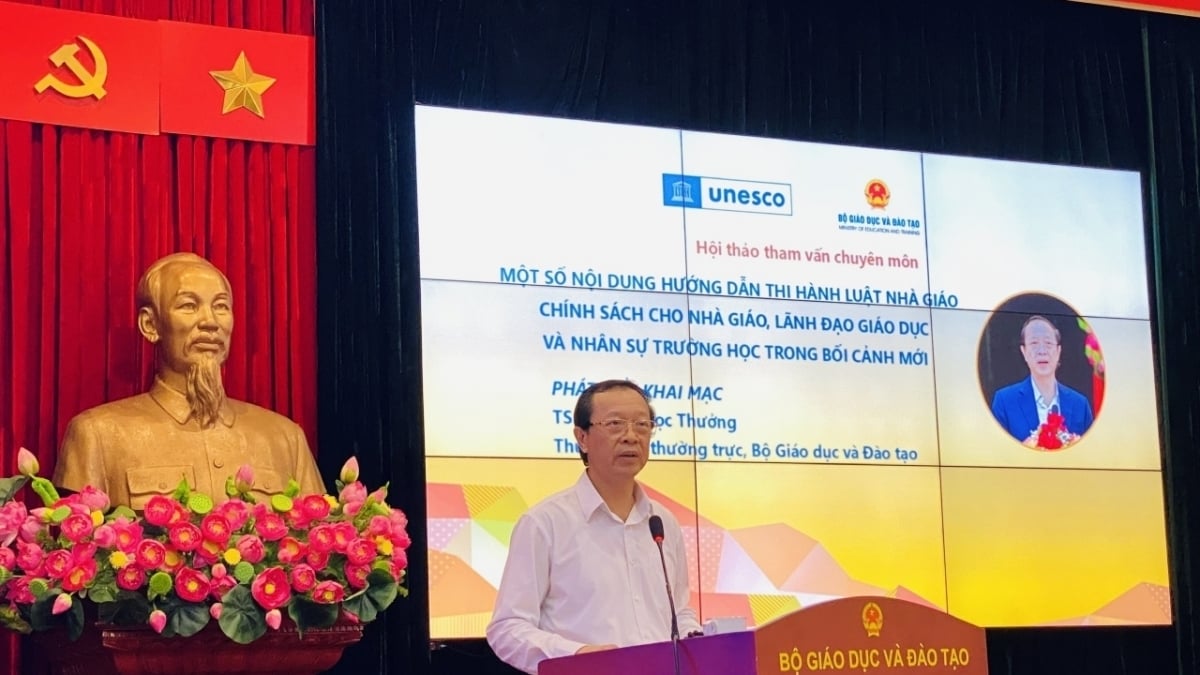
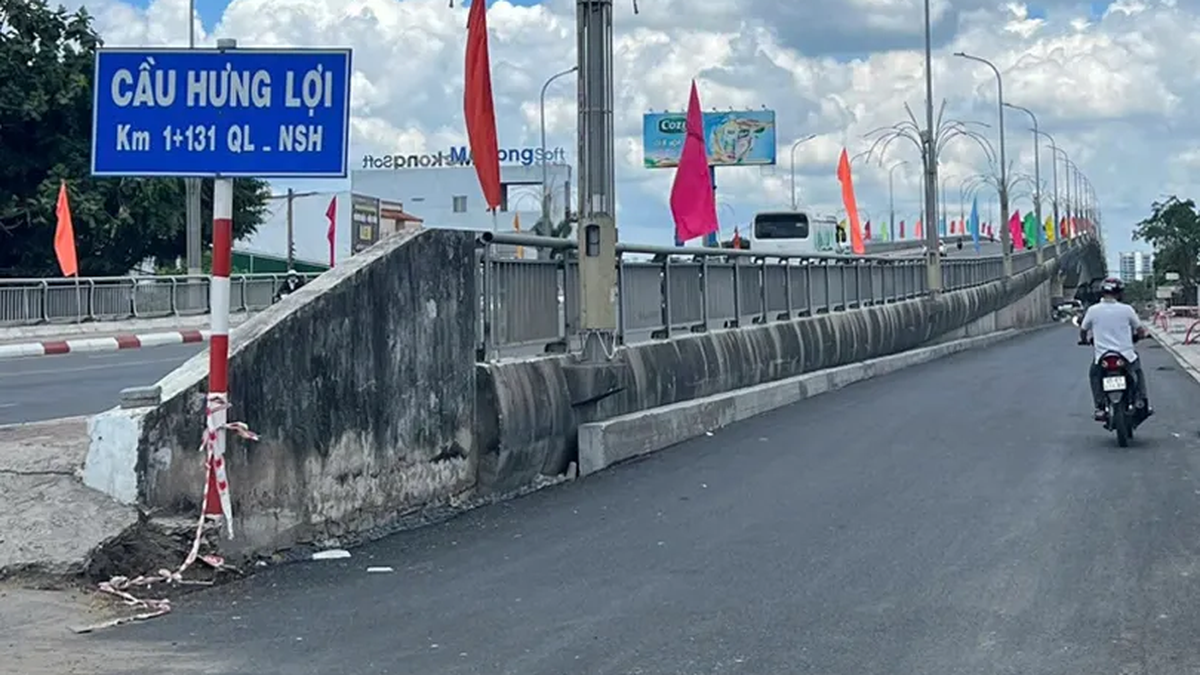
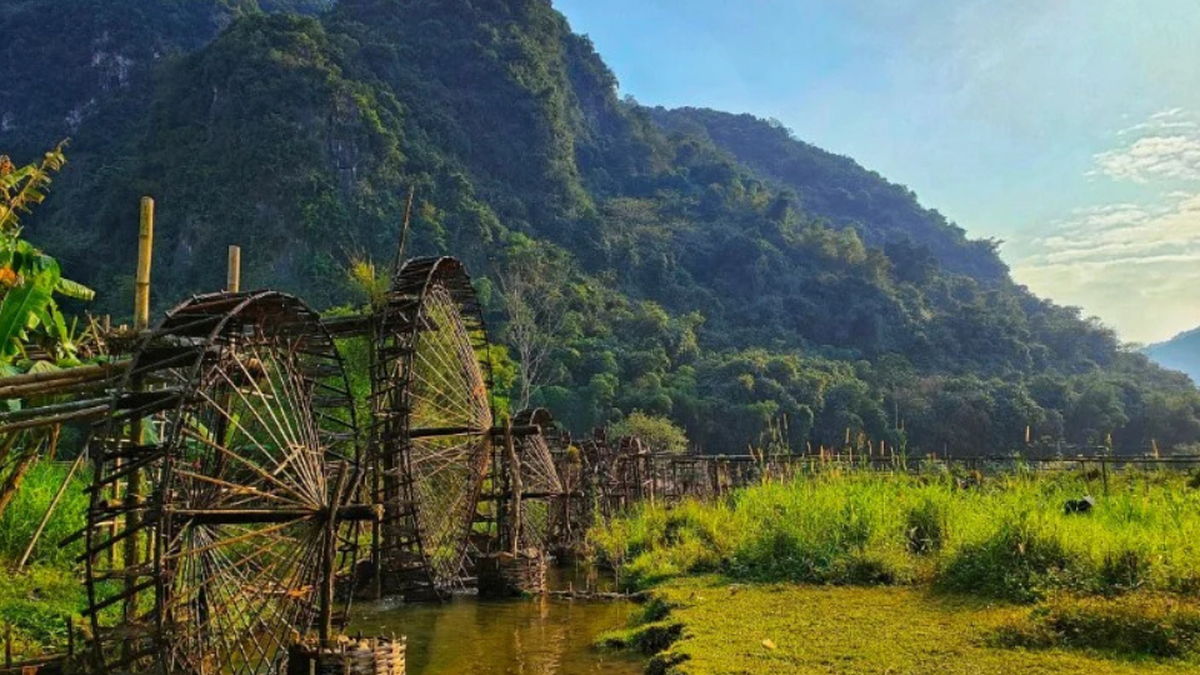
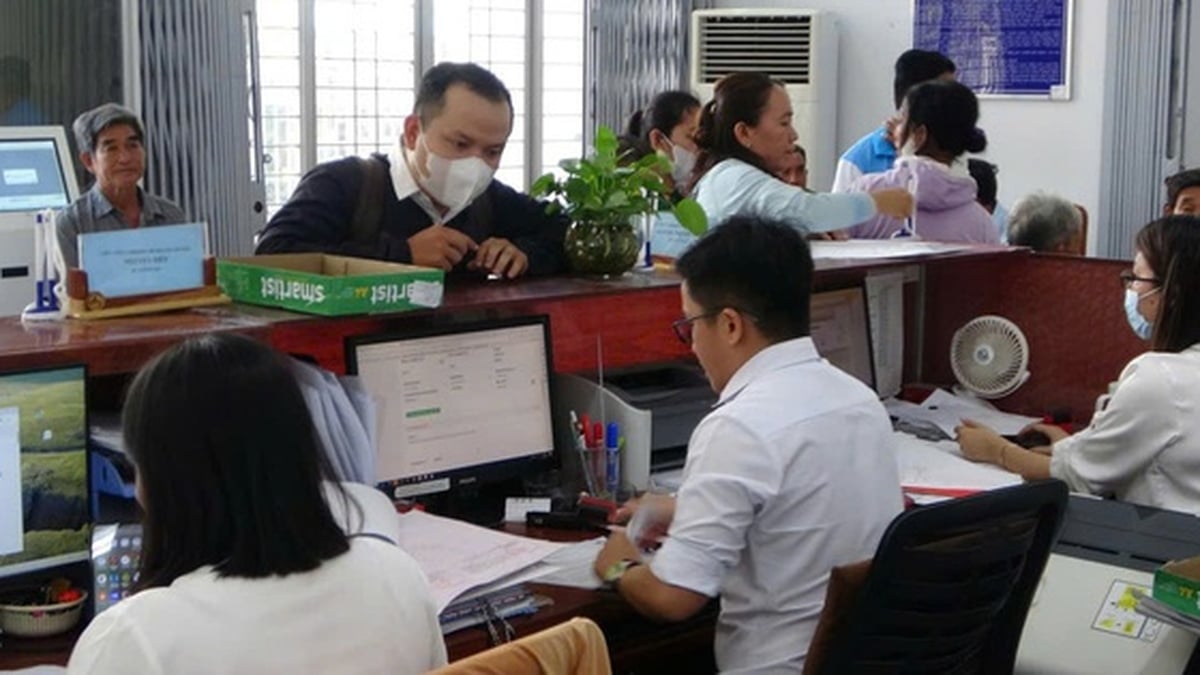
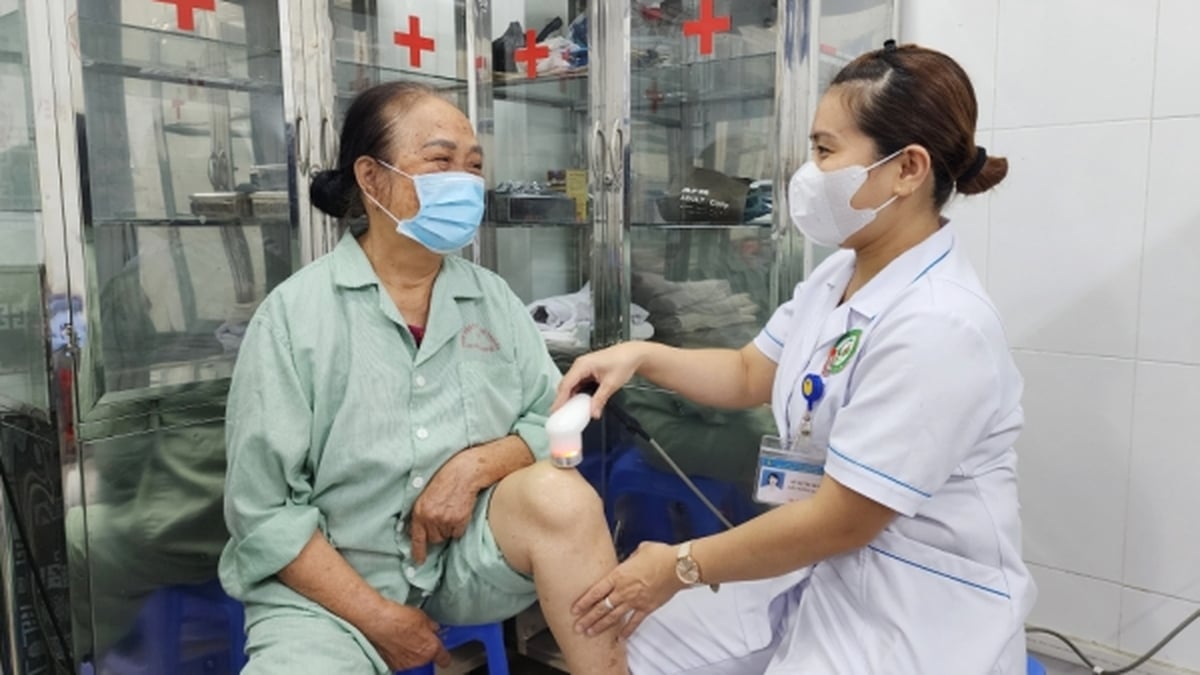

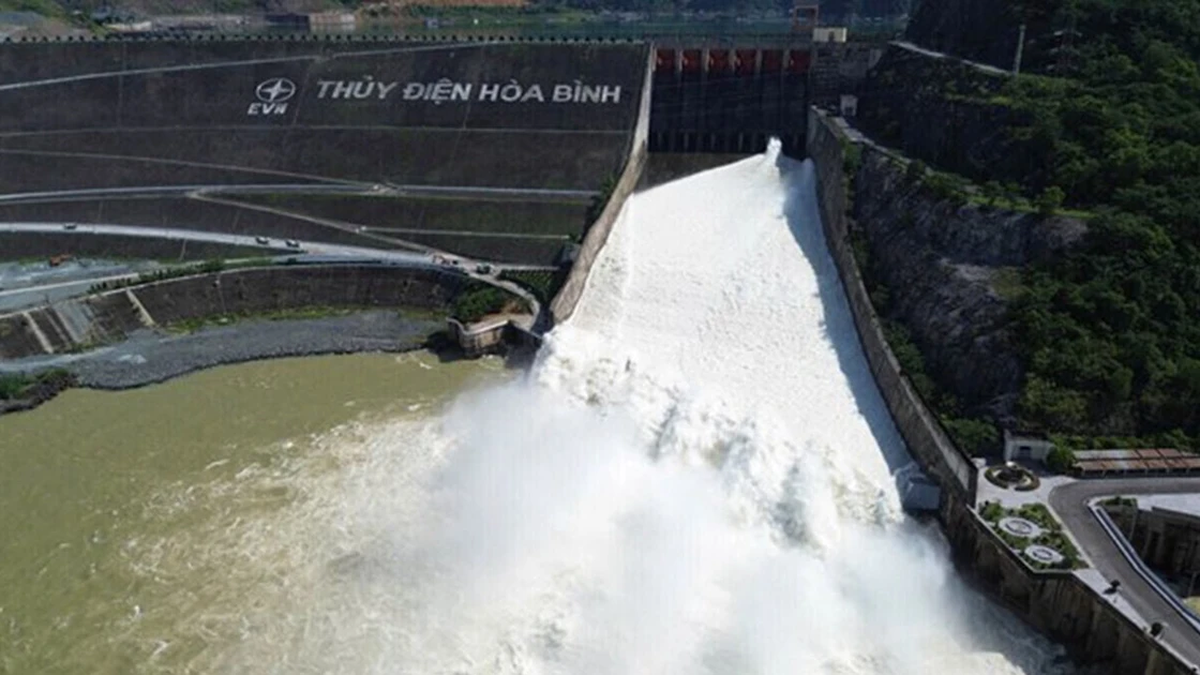












































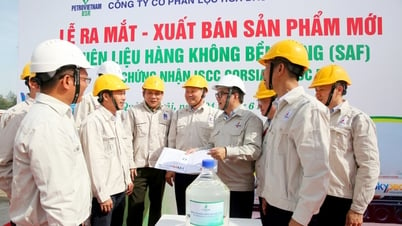




![[Maritime News] More than 80% of global container shipping capacity is in the hands of MSC and major shipping alliances](https://vphoto.vietnam.vn/thumb/402x226/vietnam/resource/IMAGE/2025/7/16/6b4d586c984b4cbf8c5680352b9eaeb0)






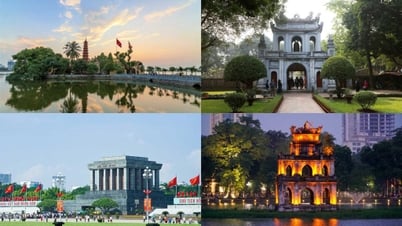



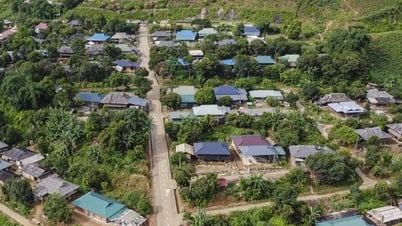


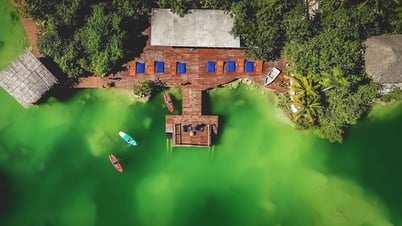
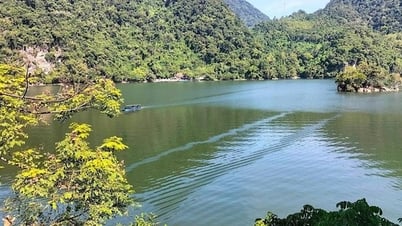























Comment (0)